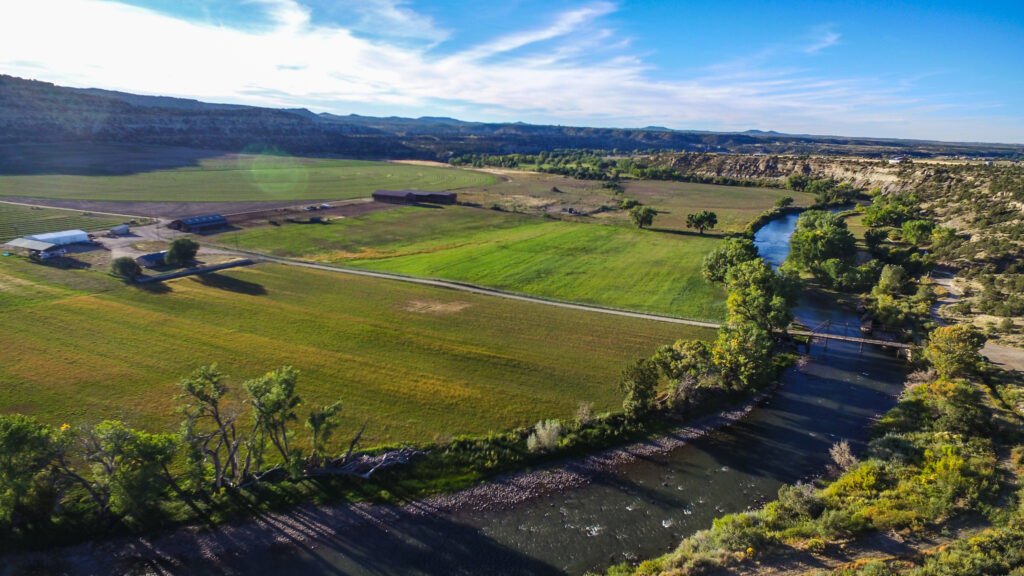BRG Blog
New Mexico Water Rights – The 5 Basic Tenets
As ranch real estate brokers we are often asked to explain water rights ownership to land buyers or to help sellers understand what water rights they may or may not have ownership to. Through years of experience and countless hours scouring through public and historic records we can usually offer enough sound knowledge to provide general guidance, but no two situations are alike. Ultimately, we always recommend that a seller or a buyer consult a qualified water rights attorney to determine exactly what water rights they are able to claim. Regardless of your specific ownership situation, there are basic laws and rules that serve as the foundation for governing all water rights in New Mexico, as defined here by the Business Water Task force in 2010.
5 Basic Tenets of New Mexico Water Rights
As New Mexicans we have a long and unique cultural history rooted in the earliest community irrigation ditches of Pueblo Native American people and the Spanish colonists who arrived in 1598. The present water code, established before statehood, embraced tribal uses and community acequias (ditches). New Mexico law has five basic tenets:
All the water in the state belongs to the public.
Only those with water rights may legally use water, and those rights are considered private property.
Older, or senior, water rights have priority. During dry years, senior rights holders would receive their full allotment of water, and junior owners’ use would be curtailed, although this has rarely been invoked.
Water must be put to “beneficial use,” which generally means irrigation or domestic, commercial and industrial uses.
Water-right holders can change the purpose of use or divert water from a different place if the State Engineer or a court determines it won’t impair other water rights, harm public welfare, or run counter to water conservation. Owners can forfeit their water rights for non-use, under certain conditions, or for wasting water.
New Mexico and other western states measure volumes of water in acre feet, a term that originated with farmers describing the water per acre needed to grow a crop. One acre foot is the volume of water covering one acre with 12 inches of water, or 325,851 gallons.
Most of the state’s basins measure water by acre-feet of use per year. In the Lower Pecos and Gila basins, the measure is in water-right acres, or the number of irrigated acres to which a property owner holds water rights. This is measure of water rights rather than water and is often converted to acre-feet for the sake of comparison.
If you are looking to buy or sell land with water rights attached we would love to be your broker/partners. Consult a qualified water rights attorney to determine your water ownership. For more information you can reach us at info@beaverheadoutdoors.com.


